Ephemeral Biosphere
Plants, the Wardian Case, and Artistic Responses in a Changing Biosphere
AC-CS #44846
One key element in defining the Anthropocene biosphere is the so-called Columbian exchange, the intercontinental transfer of plants and animals in the wake of European colonization and global trade, and its oftentimes devastating effects on different biomes. Environmental historian and curator Luke Keogh tells the story of biological dispersal and dislocation through the story of the Wardian case—a simple box used for moving plants and an artifact of Earth-changing powers.
In a subsequent comment, paleobiologist Mark Williams further reflects on the Wardian case as a chief catalyst of species translocation, prompting us to think about how we “rebind” ourselves to a radically reconfigured biosphere.
Luke Keogh – "Ephemeral Biosphere"

Essay: "Response to Ephemeral Biosphere"
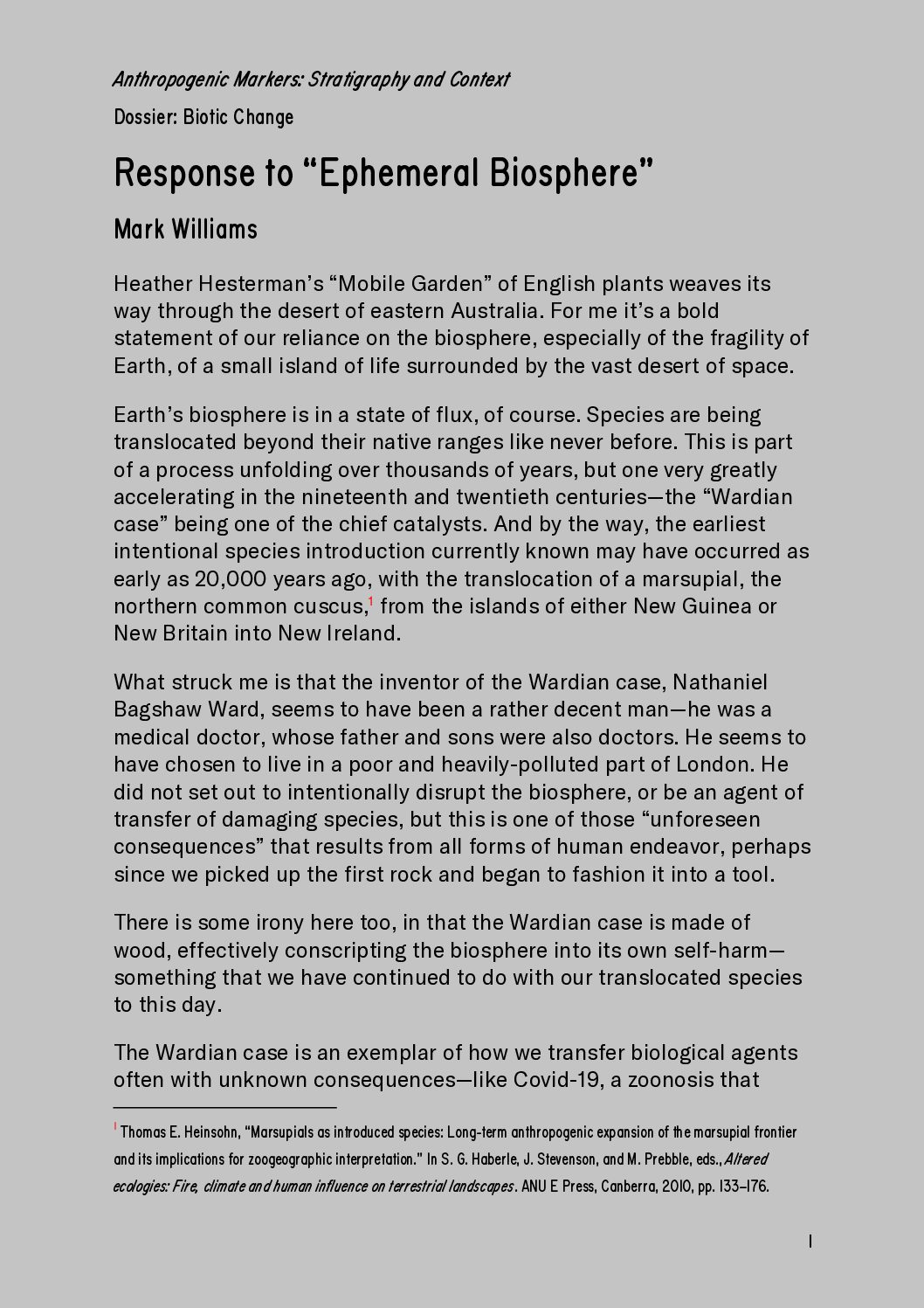
Installation 1: Mobile Garden, Heather Hesterman
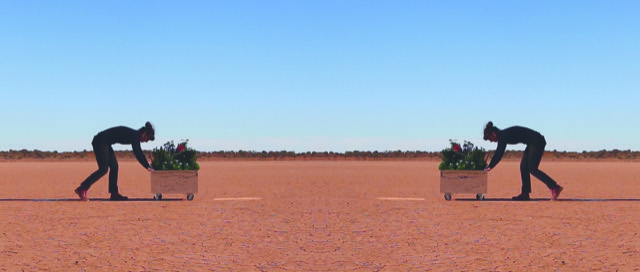
Installation 2: Twenty-four hours on a native grassland, Vicki Hallett
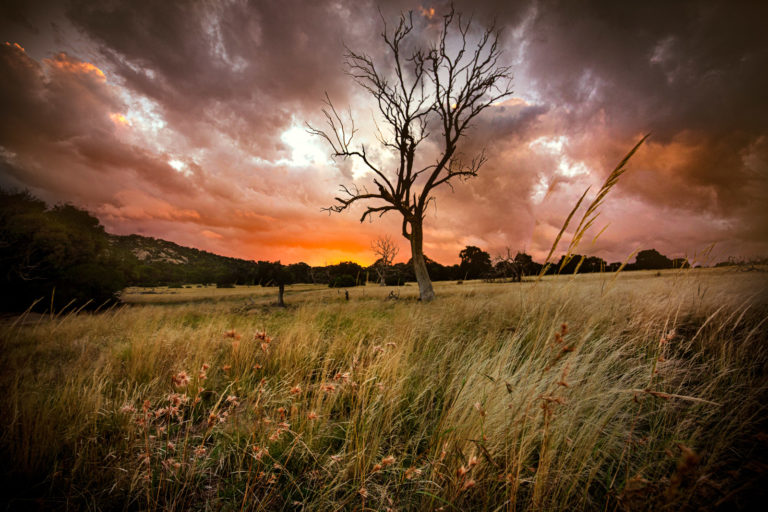
Installation 3: We are of the earth, Mary-Jane Walker
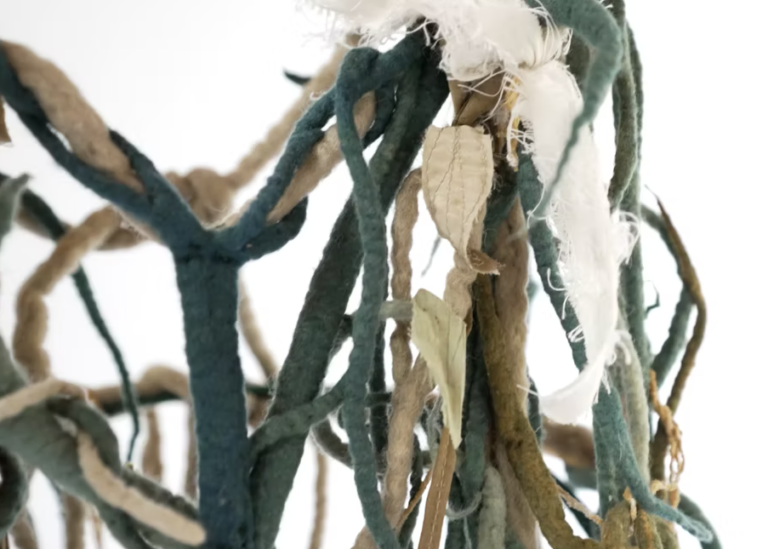
Installation 3: We are of the earth, Mary-Jane Walker
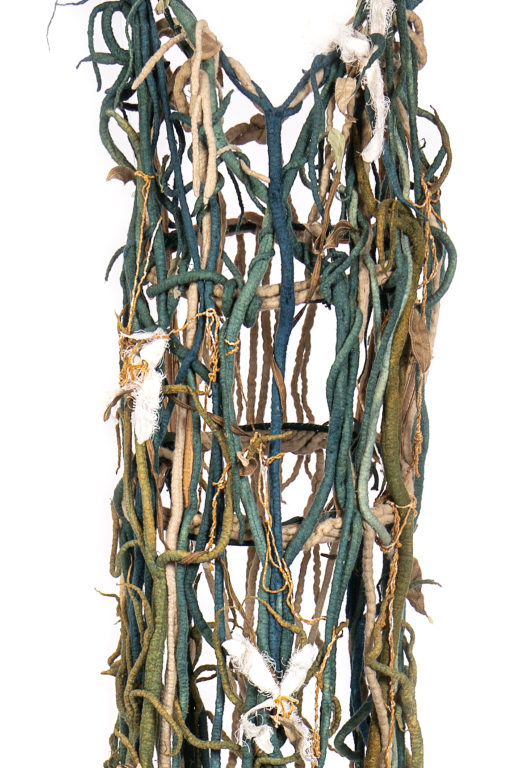
Luke Keogh is a curator and historian interested in the global movement of plants in the nineteenth and early twentieth centuries. In most of his work there are plants, environments and old things sprouting in some sort of wild garden, like his recent book, The Wardian Case: How a Simple Box Moved Plants and Changed the World, published in 2020.
Mark Williams is a geologist at Leicester University. He studies the history of life on Earth over hundreds of millions of years. Most recently he has focused his work on examining the threat to the biosphere from humans.
Please cite as: Keogh, L and M Williams (2022) Ephemeral Biosphere. Plants, the Wardian Case, and Artistic Responses in a Changing Biosphere. In: Rosol C and Rispoli G (eds) Anthropogenic Markers: Stratigraphy and Context, Anthropocene Curriculum. Berlin: Max Planck Institute for the History of Science. DOI: 10.58049/4jmh-3c31
